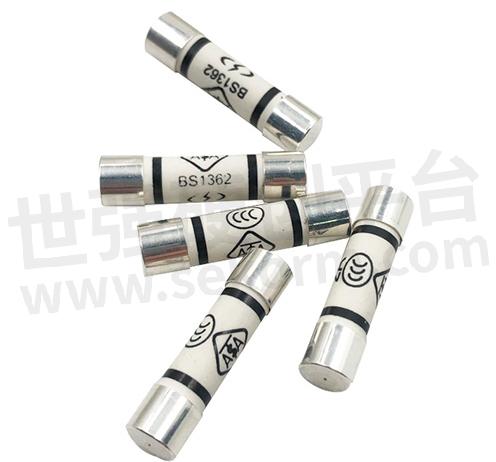Basic Knowledge of Chip Fuses

Firstly, understand the function of fuses: Place the circuit fuse correctly. Then, the fuse will rise to a certain height and after a certain period, the fuse will cut off the current, thus protecting the operation of the circuit. The principle of patch fuses is the same, but the style is different. Below, we will have a detailed understanding:
Chip Fuses are mainly used in electronic products such as digital cameras, laptops, and smartphones. Due to differences in product technology, the selection focus varies from traditional glass tube fuses to micro fuses and chip fuses. The selection of chip fuses involves the following factors:
The normal operating current of the circuit. The working current through the fuse should not eXCeed 70% of the rated current of the fuse.
Pulse, surge current, surge current, starting current, and circuit transient. Chip fuses pay special attention to the following facts: due to the small process size, the impact resistance of chip fuses is much smaller than that of glass tube fuses or other bulky fuses with the same rated current. Therefore, if conditions permit, PTC overcurrent protectors can be used;
The magnitude of the overload current and the minimum and maximum time of the circuit overload current. It is usually necessary to combine oscilloscope testing and theoretical calculations to determine the magnitude of the overload current. The basic requirement for fuses is that they should not be damaged without damage (such as when there is a surge current) and must be disconnected at an appropriate time. (For example, when there is an overload current that needs to be cut off);
Resistance. The resistance of chip fuses has a certain impact on certain circuits: if a fuse with excessive internal resistance is installed in certain circuits, it will affect the number of circuits and make the circuit unable to function properly;

Fig.1
- +1 Like
- Add to Favorites
Recommend
This document is provided by Sekorm Platform for VIP exclusive service. The copyright is owned by Sekorm. Without authorization, any medias, websites or individual are not allowed to reprint. When authorizing the reprint, the link of www.sekorm.com must be indicated.

































































































































































































































































































































































































































































































































































































































































































































































































































































































































